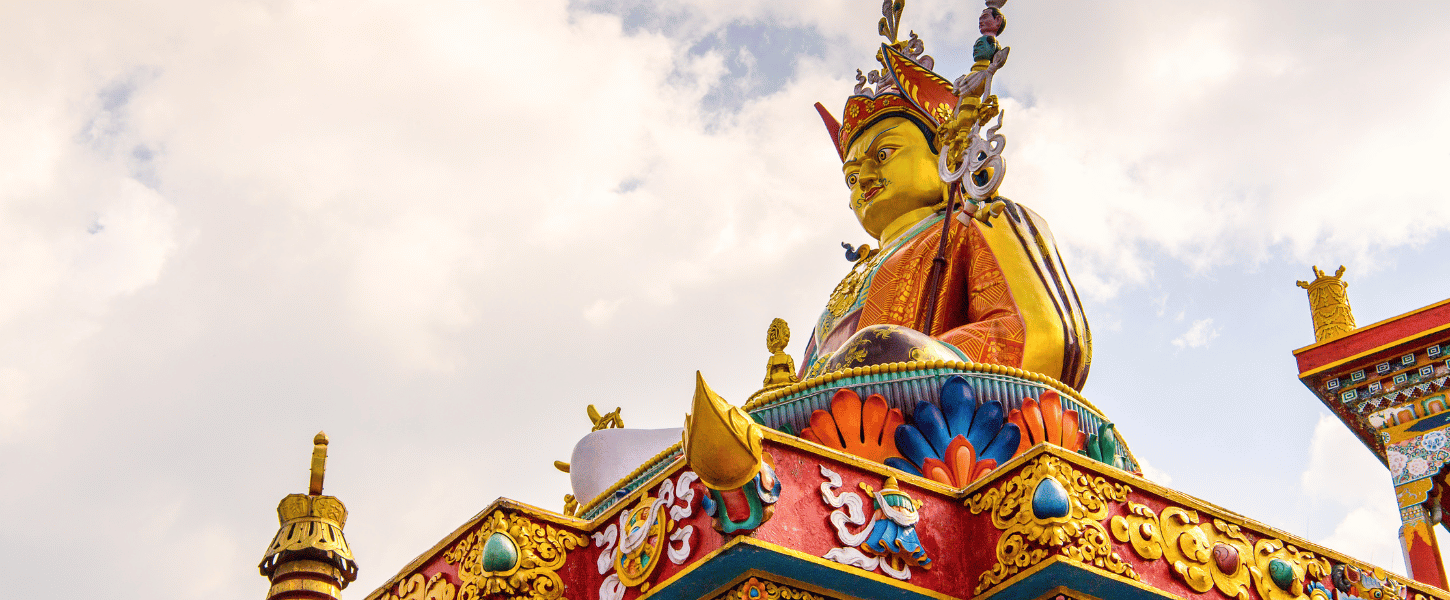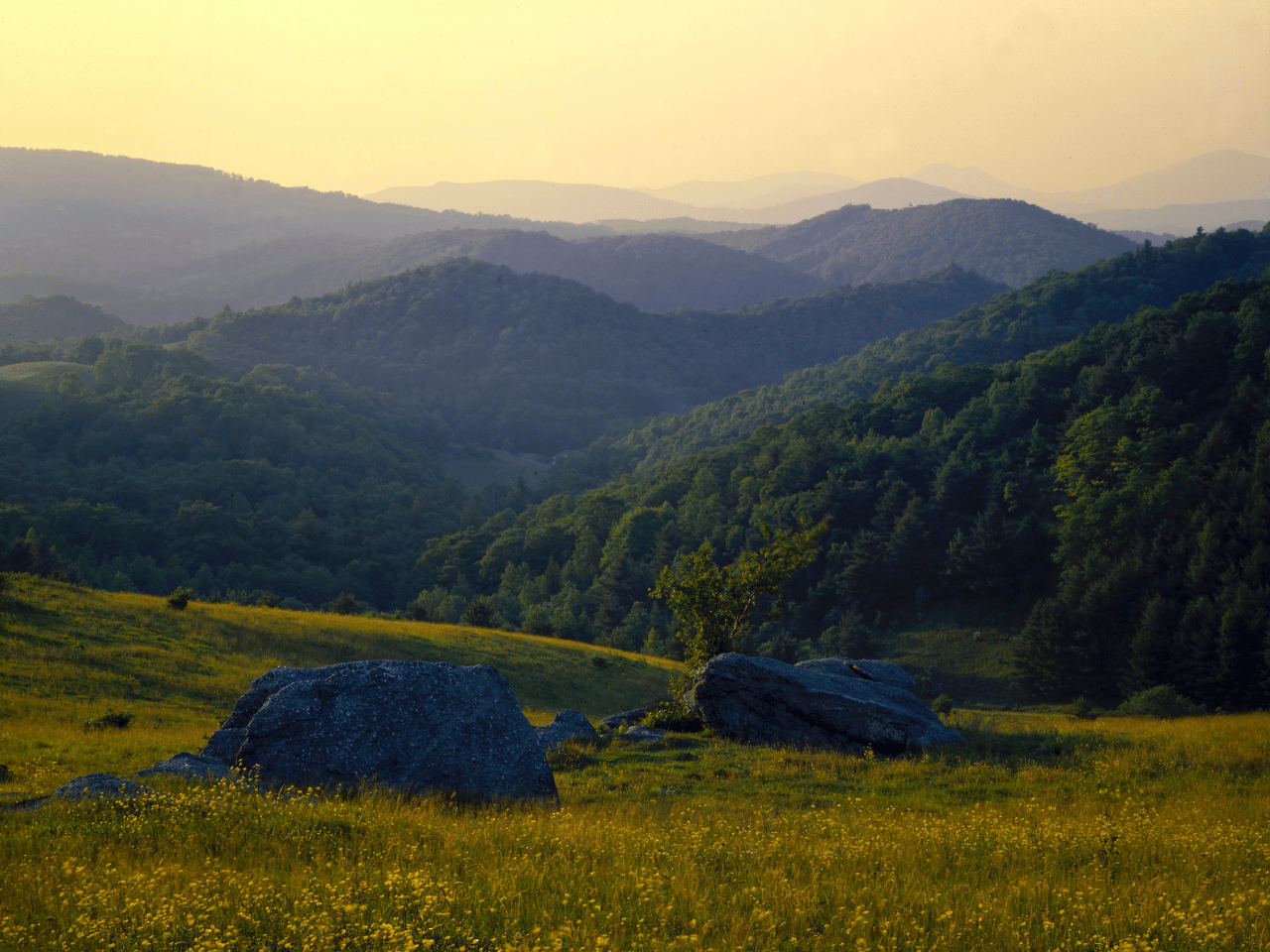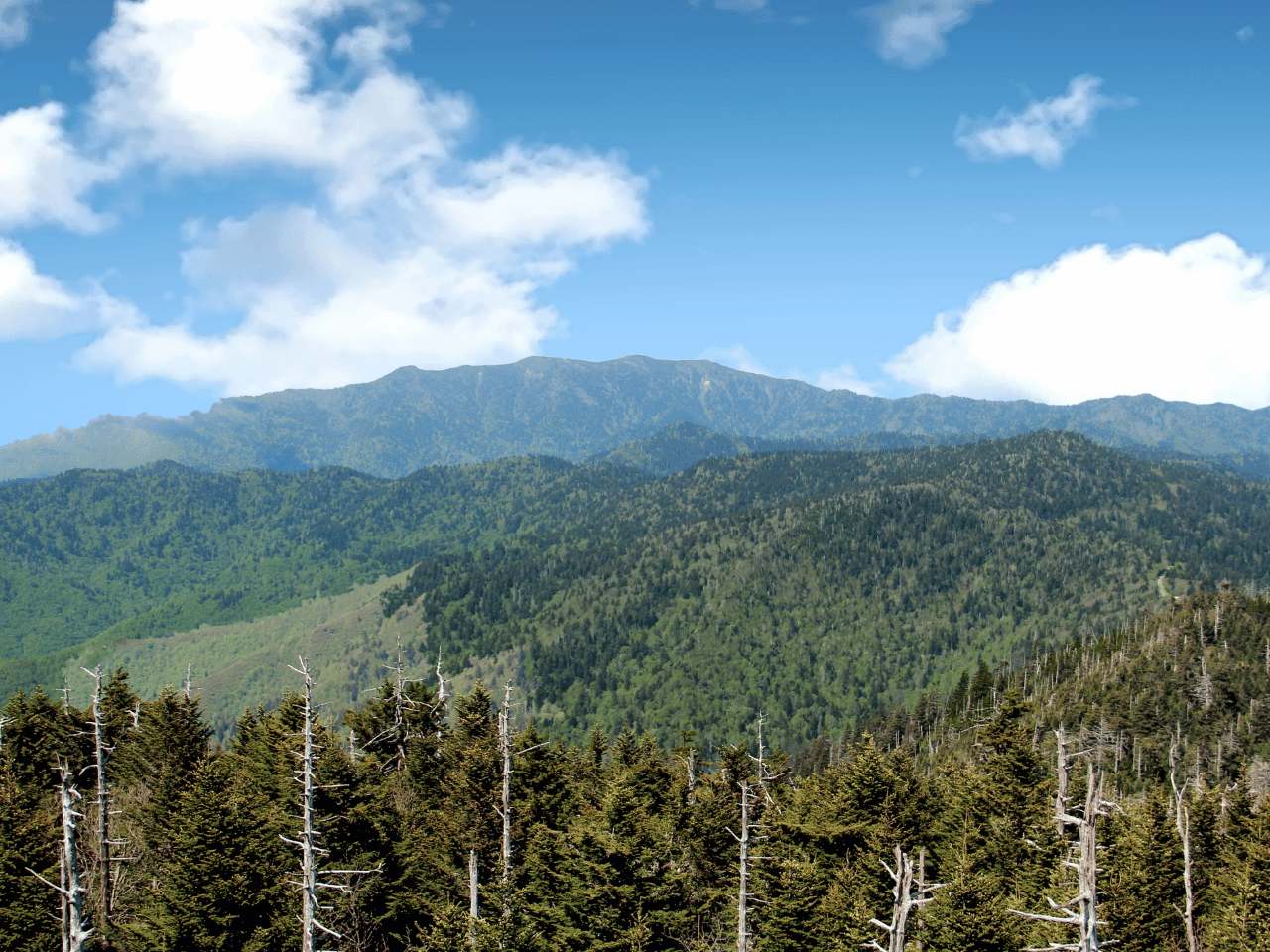Monasteries in Darjeeling
Monasteries in Darjeeling
A Journey Through Tranquility: Exploring the Enchanting Monasteries of Darjeeling
Darjeeling, the “Queen of Hills,” is not just a hill station famed for its panoramic views and aromatic tea. It’s also a spiritual sanctuary, brimming with monasteries that stand as testaments to Tibetan Buddhist traditions. These monasteries, adorned with vibrant colors and echoing with the chants of monks, offer a glimpse into a way of life steeped in peace and devotion.
This article embarks on a journey to explore the most prominent monasteries in Darjeeling, delving into their history, architectural wonders, and significance.
Famous Monasteries in Darjeeling
1. Ghoom Monastery (Samten Choling Monastery):
About: Often referred to as Ghoom Monastery, Samten Choling Monastery is the most revered and one of the oldest monasteries in Darjeeling. Established in 1875 by Lama Sherab Gyatso, it is perched atop Ghoom hill, offering breathtaking views of the surrounding mountains.
Location: Ghoom Monastery is located approximately 7 kilometers from Darjeeling town, easily accessible by road.
Significance: Ghoom Monastery is home to a colossal 18-foot statue of Maitreya Buddha, the coming Buddha, making it a major pilgrimage site. The monastery also houses a vast collection of ancient scriptures and artifacts, including thangkas (Tibetan scroll paintings), and precious religious texts.
2. Bhutia Busty Monastery (Karmaa Dorjee Choling Monastery):
About: Steeped in history, Bhutia Busty Monastery, also known as Karmaa Dorjee Choling Monastery, is believed to be one of the oldest monasteries in West Bengal. Built-in the 18th century, it boasts traditional Tibetan architecture with influences from Sikkimese culture.
Location: Situated just 2 kilometers away from Darjeeling Railway Station, Bhutia Busty Monastery is easily accessible for visitors.
Significance: This vibrant monastery is renowned for its exquisite murals depicting the life of Buddha and the Jataka tales (stories of Buddha’s past lives). The monastery also houses a revered ancient manuscript – a segment of the Tibetan “Book of the Dead.”
3. Dali Monastery (Druk Thupten Sangag Choling Monastery):
About: Often referred to as Dali Monastery, Druk Thupten Sangag Choling Monastery is the largest monastery in Darjeeling in terms of resident monks. Established in 1971 by Kyabje Thuksey Rimpoche, it follows the Drukpa Kagyu lineage of Tibetan Buddhism.
Location: Dali Monastery is located 4 kilometers away from Darjeeling town, nestled atop a hillock between Darjeeling and Ghoom railway stations.
Significance: Dali Monastery is a vibrant center for Tibetan Buddhist culture. Visitors can witness monks engaged in prayer ceremonies and witness traditional festivals like the Mahakala puja, dedicated to the protector deity.
4. Mag Dhog Yolmowa Monastery:
About: Founded in 1876 by Lama Sherab Gyatso, Mag Dhog Yolmowa Monastery belongs to the Nyingma lineage of Tibetan Buddhism, the oldest school of Tibetan Buddhism.
Location: Situated close to Ghoom Monastery, Mag Dhog Yolmowa Monastery is a tranquil haven offering a glimpse into the Nyingma traditions.
Significance: The monastery houses unique Thankas and religious artifacts, along with a serene atmosphere that beckons visitors seeking inner peace.
5. Tashi Dargyaling Monastery (Tamang Monastery):
About: Tashi Dargyaling Monastery, also known as the Tamang Monastery, is a unique representation of the Tamang people’s rich culture and Buddhist faith. Established in 1957, the monastery follows the Vajrayana tradition of Tibetan Buddhism.
Location: Nestled amidst the Kurseong hills, approximately 15 kilometers from Darjeeling, Tashi Dargyaling Monastery offers a serene escape.
Significance: The monastery showcases a blend of Tibetan and Tamang architectural styles. Visitors can witness vibrant prayer flags and traditional Tamang musical instruments.
Beyond the Famous: Unveiling Lesser-Known Gems
Darjeeling boasts a treasure trove of monasteries, each with its own story to tell. Here’s a glimpse into some hidden gems:
- Bokar Ngedon Chokhor Ling Monastery:
- This monastery, established in 1980, is known for its beautiful statues and peaceful ambiance.
- Fagu Monastery: Nestled amidst captivating tea gardens, Fagu Monastery offers a serene escape for those seeking meditation and spiritual rejuvenation.
- Lashunay Mandir: This small yet significant monastery is known for its ancient statues and traditional Tibetan architecture.
Unveiling the Spiritual Essence: Exploring the Activities and Etiquette
Experiencing the Monasteries:
Your visit to Darjeeling’s monasteries goes beyond sightseeing. These are living centers of faith, offering unique experiences for the curious explorer:
Prayer Ceremonies: Witnessing the daily prayer ceremonies is a moving experience. The rhythmic chanting of monks, the clanging of cymbals, and the aroma of burning incense create a truly spiritual atmosphere. Most monasteries allow visitors to observe these ceremonies respectfully from designated areas.
Monastery Festivals: Darjeeling’s vibrant calendar features several Buddhist festivals celebrated throughout the year. Popular ones include Losar (Tibetan New Year), the Kalchakra puja, and the aforementioned Mahakala puja. These festivals involve colorful displays, traditional dances, and a chance to experience the heart of Buddhist culture.
Interaction with Monks: Some monasteries, depending on their openness, might allow respectful interaction with monks. This provides an opportunity to learn about their way of life, their philosophy, and the significance of the monastery. Always approach such interactions with utmost courtesy and respect their silence during meditation times.
Meditation Sessions: Several monasteries offer meditation sessions for visitors. Participating in these sessions allows you to experience the tranquility and mindfulness that are core aspects of Buddhist practice.
Monastery Etiquette:
When visiting the monasteries, it’s crucial to maintain proper etiquette to ensure a respectful and enriching experience for both yourself and the monks. Here are some key points:
Dress Modestly: Opt for clothing that covers your knees and shoulders. Avoid revealing attire to respect the sacred nature of the monasteries.
Remove Shoes: Before entering the prayer halls, politely remove your shoes and socks. Designated areas are often available for storing footwear.
Silence is Golden: Maintain a peaceful and quiet demeanor within the monastery. Avoid loud conversations or disruptive behavior.
Clockwise Circumambulation (Kora): If you encounter a prayer wheel or the main stupa, follow the customary clockwise circumambulation (kora) as a sign of respect.
Photography Courtesy: Seek permission before taking photographs, especially inside the prayer halls. Be mindful of not capturing images of monks in prayer or meditation without their consent.
Offerings: Some monasteries might have designated areas for offerings. A small donation or offering of flowers can be a way to express your gratitude. However, it’s not mandatory.
A Spiritual Tapestry: The Significance of Darjeeling’s Monasteries
- Darjeeling’s monasteries are more than just architectural wonders; they are vibrant cultural centers that embody the spirit of Tibetan Buddhism. These monasteries hold immense significance:
- Preserving Traditions: They act as repositories of ancient Tibetan Buddhist traditions, preserving scriptures, art forms, and rituals for future generations.
- Spiritual Sanctuaries: They offer a haven of peace and solace for locals and visitors alike, promoting meditation, mindfulness, and inner peace.
- Cultural Hubs: They serve as crucial spaces for cultural exchange and fostering a sense of community among the Tibetan diaspora in Darjeeling.
- Promoting Harmony: They stand as testaments to the harmonious co-existence of Buddhism with other religions in the region.
Conclusion: A Call to Spiritual Exploration
Darjeeling’s monasteries offer a unique window into the world of Tibetan Buddhism, beckoning visitors to embark on a journey of spiritual exploration. By experiencing the serenity, witnessing the rituals, and respecting the traditions, you’ll gain a deeper appreciation for this rich culture and its profound impact on the region. So, on your next visit to Darjeeling, allow yourself to be enveloped by the tranquility of these monasteries and discover the peace that lies within.

Get Your Best Tour Experience
Customer Speak
Place to Visit in Darjeeling
- 7N/8D
Cheapest Darjeeling Tour Package for Honeymoon
(456)
- 3N/4D
Best Budget Sikkim Honeymoon Packages for Darjeeling from Delhi
(657)
Place to Visit in Darjeeling
Things To Do In Darjeeling
Top Attractions In Darjeeling
Explore More About Darjeeling
- Manali, the princely state of Himachal Pradesh is well connected with most of the neighboring cities like Shimla, Kullu, Delhi, Dehradun, and Mussoorie. Following are the ways by which you can reach Manali.
- By Air: The closest airport to Manali is Bhuntar situated approximately fifty kilometers from the city. Various domestic flights connect Bhuntar with Chandigarh and Delhi. Once on reaching the airport, the traveler can take the prepaid taxi from Manali. Owing to the weather conditions, the most reliable option for getting to Manali is by flight.
- By Bus: Manali is connected to the essential tourist destinations like Leh, Shimla, Dharamshala, Kullu and New Delhi. The journey by bus from Delhi to Manali is five hundred and fifty kilometers. Generally, it is advisable to book tickets via AC Volvo coaches, as the buses are more comfortable than the local ones.
- Road/Self Drive: A car drive to Manali is exuberantly a breathtaking one! The travelers can view scenic glimpses of the valleys and mountains from almost all direction while on a road trip. Though most of the tourist prefer a self-drive to Manali, it is generally advisable to hire a taxi in case the traveler is not comfortable driving its way to the mountainous region.
- Offering distinct charms in all seasons, Manali is a captivating destination. Summers observe Manali turning into an escape from blistering heat plain while winters embellish the town in a graceful turnout of white snow. Have a look at the breakup representing Manali’s climatic conditions:
- September to February: The monsoons stretch to an end in September while winter makes its entry from October. The temperature during winter can go as down to minus one degree Celsius, therefore make sure to carry warm clothes to keep yourself warm in this weather. The time when you can enjoy the spectacular scene and snowfall is in between December to January, making this month span the most cherishable between the honeymooners. This time marks an ideal time for adventure enthusiasts who relish skiing.
Popular destinations in Himachal Pradesh include Shimla, Manali, Dharamshala, Kullu, Spiti Valley, Kasol, McLeod Ganj, Kasauli, and Dalhousie.
The best way to reach Himachal Pradesh is by air to Shimla or Dharamshala, or via road or train routes.
Yes, Himachal Pradesh offers excellent trekking opportunities with diverse trails, beautiful landscapes, and varying difficulty levels for adventurers.
Yes, Himachal Pradesh has direct flights to Kangra Airport and Bhuntar Airport, connecting to major Indian cities like Delhi.
Yes, Himachal Pradesh offers affordable accommodations, local cuisine, and budget-friendly activities, making it a great destination for budget travelers.
Adventurous activities have always been a fancy against which one can challenge and put to test one’s caliber. While we talk about numerous adventure destinations in India, a multitude of names pop up, yet nothing matches the wide variety of adventure activities that are associated with Manali. Therefore, if you are still in the phase to decide upon which adventurous sports to do in Manali, then take a back seat and simply go through the below adventurous activities.
- River Rafting
- Paragliding
- Skiing
- Hiking
- Mountain Biking
- Mountaineering
- Zorbing
- Jeep Safari
- Camping
- River Crossing
- Angling
- Rock Climbing
- Rappelling
- Snow Scooter
- Cable Car Ropeway
- Kayaking





